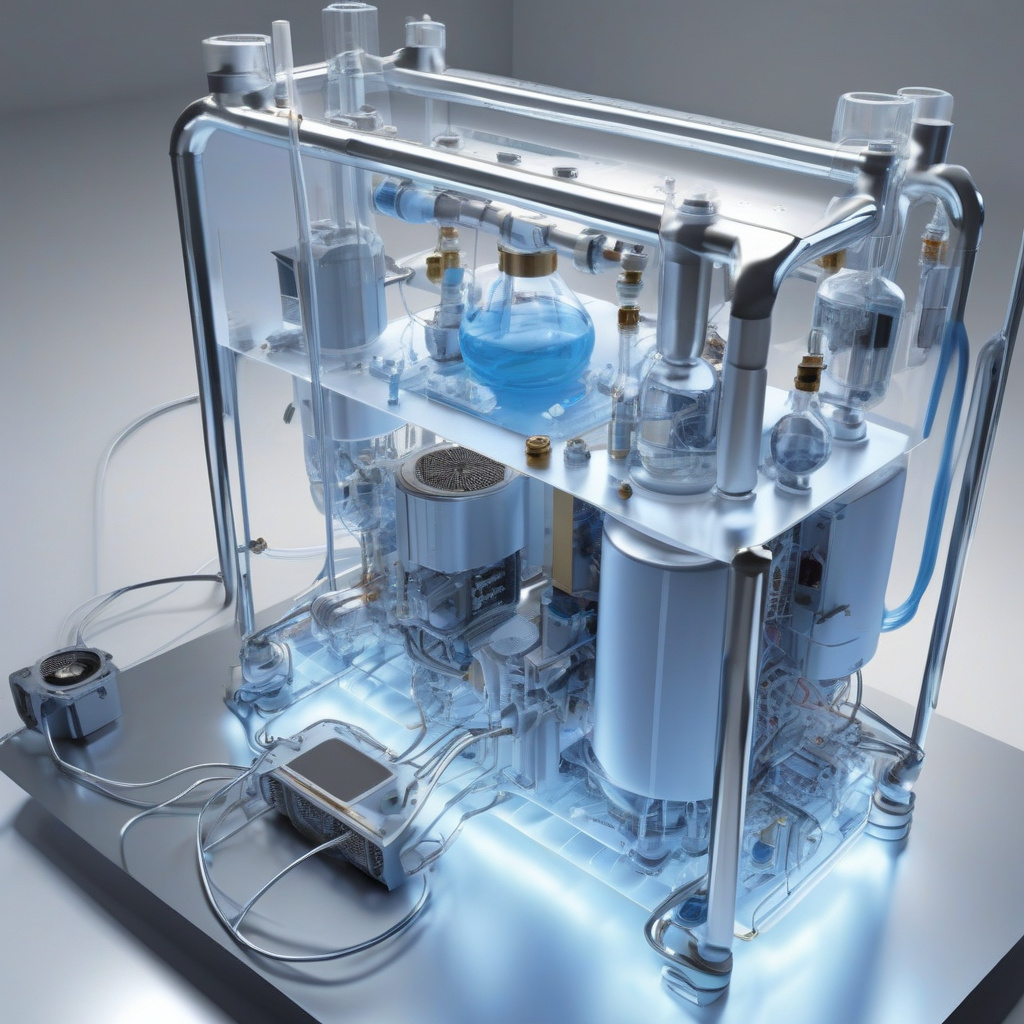Water Vapor Can Double Conductivity for Better, Long-Lasting Fuel Cells, New Study Finds
Researchers from the Institute of Science in Tokyo have discovered that water vapor may be the key to significantly improving the conductivity of fuel cells. This groundbreaking finding could pave the way for more efficient and durable fuel cell technology, with far-reaching implications for various industries.
Fuel cells are electrochemical devices that convert chemical energy into electrical energy through redox reactions. They have long been touted as a promising alternative to traditional combustion engines due to their high efficiency and low environmental impact. However, one of the main challenges facing fuel cell technology is the need to enhance conductivity within the cells to improve overall performance.
The study conducted by the researchers in Tokyo revealed that the introduction of water vapor into the fuel cell environment can lead to a remarkable doubling of conductivity. This increase is attributed to the water vapor’s ability to facilitate the movement of ions within the cell, thereby enhancing the overall efficiency of the electrochemical reactions taking place.
By harnessing the power of water vapor to improve conductivity, fuel cells can operate at higher efficiency levels while maintaining stability over extended periods. This could have significant implications for a wide range of applications, including transportation, stationary power generation, and portable electronic devices.
One of the key advantages of this discovery is its potential to extend the lifespan of fuel cells. By enhancing conductivity, the cells are able to operate more efficiently, reducing the likelihood of performance degradation over time. This can result in fuel cells that are not only more reliable but also more cost-effective in the long run.
Furthermore, the use of water vapor to improve conductivity is a relatively simple and cost-effective solution that can be easily implemented in existing fuel cell designs. This means that the benefits of this discovery could be realized in the near future, without the need for extensive redesign or reconfiguration of fuel cell systems.
In addition to improving conductivity, the presence of water vapor in fuel cells can also have a positive impact on overall system efficiency. By optimizing the movement of ions within the cell, water vapor can help to reduce energy losses and maximize the conversion of chemical energy into electrical energy. This can lead to fuel cells that are not only more powerful but also more environmentally friendly.
As researchers continue to explore the potential applications of water vapor in fuel cell technology, the possibilities for innovation and advancement in this field are virtually limitless. By leveraging the unique properties of water vapor to enhance conductivity, fuel cells could become even more competitive with traditional energy sources, driving the transition towards a more sustainable future.
In conclusion, the discovery that water vapor can double conductivity in fuel cells represents a major breakthrough with the potential to revolutionize the way we generate and utilize energy. By improving efficiency, stability, and overall performance, this finding could pave the way for a new era of fuel cell technology that is not only more effective but also more environmentally friendly.
#WaterVapor, #FuelCells, #Conductivity, #EnergyEfficiency, #Sustainability












